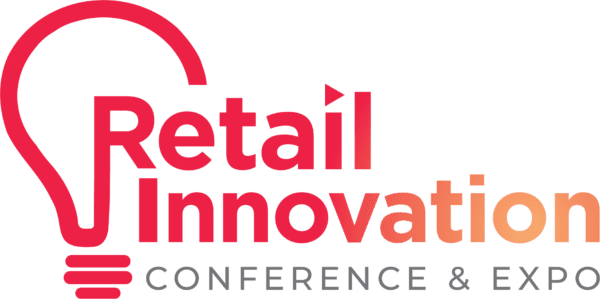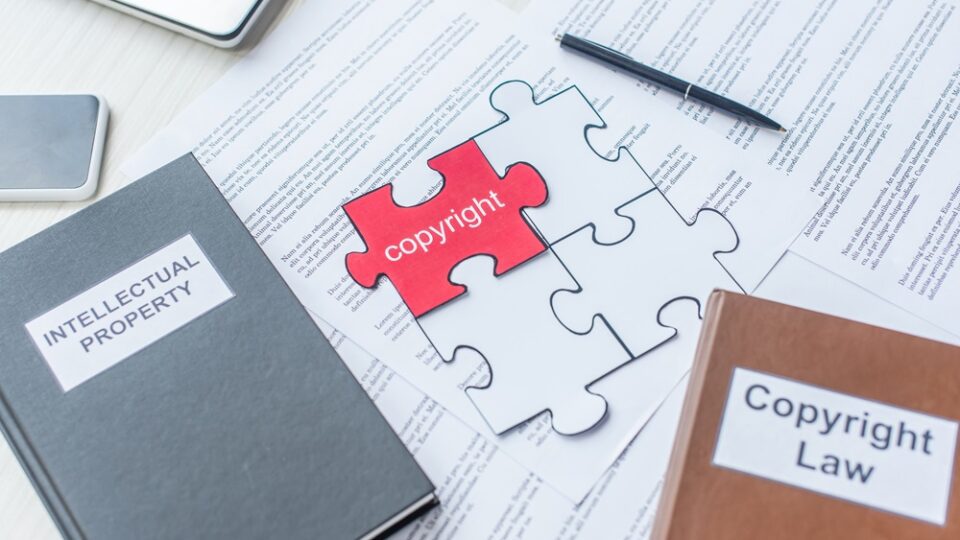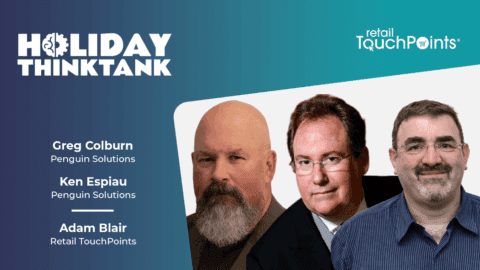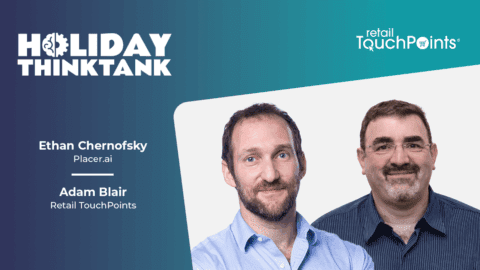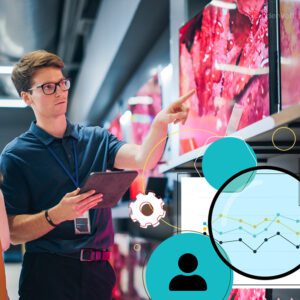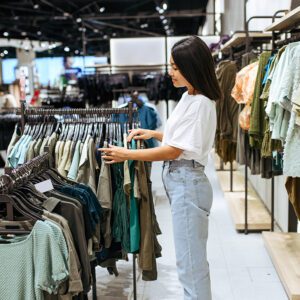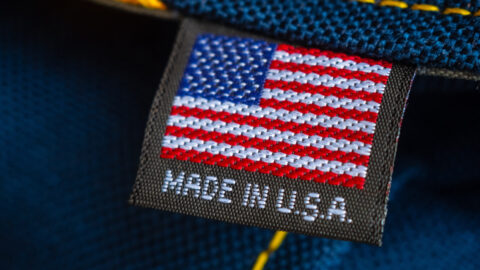The current generation of AI solutions has already been on one of the steepest growth curves in recent memory, but according to top attorneys at ArentFox Schiff, the technology is just warming up: “AI will be a sea change not just for the fashion industry but for society as a whole,” said Anthony Lupo, Chairman of the law firm that specializes in international trade as well as fashion and retail law, speaking at a press event last month.
But greater usage of the technology brings with it a whole raft of complexities, many focused on intellectual property (IP) issues that are often beyond the scope of current laws and regulations. As an example, ArentFox Schiff Partner Michelle Marsh pointed to the use of AI-generated models in Guess ads that appeared in Vogue, which sparked a bit of a backlash.
“These models look fairly realistic, which raises questions about AI disclaimers: Was the one placed on the Guess ad prominent enough?” said Marsh. “Does the [disclaimer] go far enough to alert consumers that the clothes and the people may have been digitally altered? The law around these issues is still developing and is in flux.”
Some of that flux involves the recent change in Presidential administrations: “Prior to Trump, the Federal Trade Commission had some cutting-edge AI compliance requirements,” Marsh noted. “But Trump’s AI action plan indicates that he would like there to be little hindrance or regulation around the burdens of AI development and deployment of AI tools.”
“The U.S. is full steam ahead on AI and trying to bring down all barriers,” added Lupo.
But the U.S. is only one market, albeit one of the world’s largest. Brands seeking to sell overseas will need to fine-tune their AI policies to meet the European Union’s and other non-U.S. countries’ regulatory frameworks, which have tended to require more transparency for consumers than U.S. laws.
AI Raises Basic Questions About IP Ownership
In fact, using AI also could endanger brands’ investment in their IP. “There’s an IP ownership risk with AI around copyrightability,” said Marsh. “What will the brand own if [a piece of their IP] is completely AI-generated? Hypervigilance will be required by brands [to ensure] they’re keeping those IP rights.”
Another potential sticking point — rights of publicity and the use of people’s NIL (name, image and likeness). “When AI is trained on human faces, it’s likely there will be actual models saying that their likeness is the inspiration for an AI model,” Marsh said. “Brands may be responsible for ensuring the agencies they use are ‘clearing’ those faces [to avoid any infringement], and also will not want to train their AI on the faces of iconic supermodels.”
Behind the Scenes, AI Supercharges Product Testing
But despite AI’s potential drawbacks, the technology’s use cases continue to multiply. Lupo gave the example of a Milan-based fashion client that employs “30 people to design footwear, and it takes three to five months” to produce a new design prototype. The company trained its AI on both the brand’s current designs and those from the past three to four years and prompted it to create “25 prototype shoes that were dumped in the metaverse to test,” with the goal of gathering feedback to guide the next steps in design and production.
“AI will not take away all the jobs; you will need people who know what they’re doing,” said Lupo. “But you’re not going to need the same level or number of people as you did before.”
Lupo also noted that as AI improves, it can boost bottom lines by reducing product returns. “Probably the number-one expense companies have is the product return, and being able to trim that down with better technology so consumers see what [the product] will look like” can benefit not just apparel but also beauty retailing. “The better the tech and the better the AI, the more likely you’ll reduce some of those [returns-related] expenses,” he noted.
Lupo also is seeing increased AI usage in areas such as sourcing and logistics as well as mundane but vital functions such as accounting. Lupo noted that high price points and other barriers to entry that may have kept some companies from investing in AI are “way down,” and also that companies don’t need as deep a “bench” of in-house AI experts as they had previously.
“Companies are using AI to investigate everything from human resources to their design partners,” said Lupo. “There’s nothing more existential for the industry, and for fashion AI creates a lot of opportunity.”


